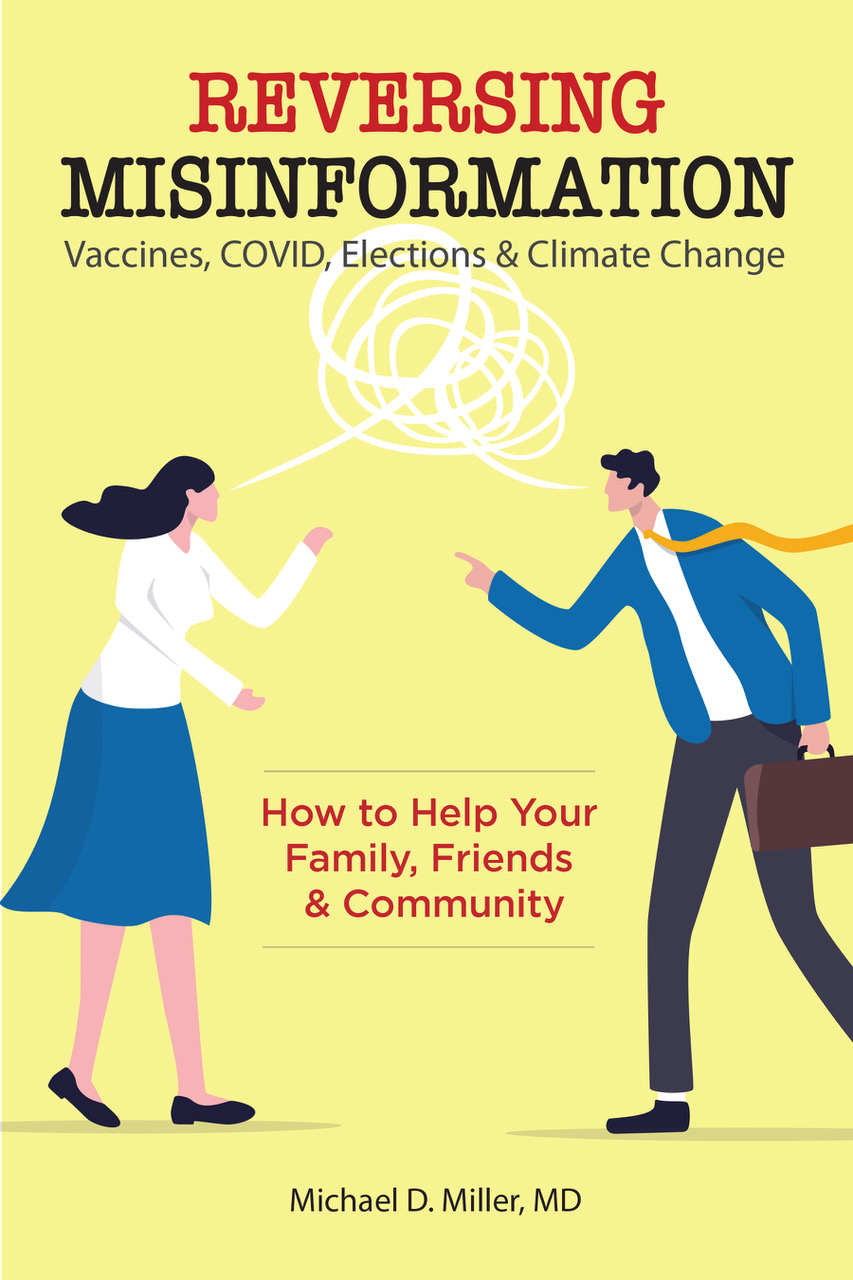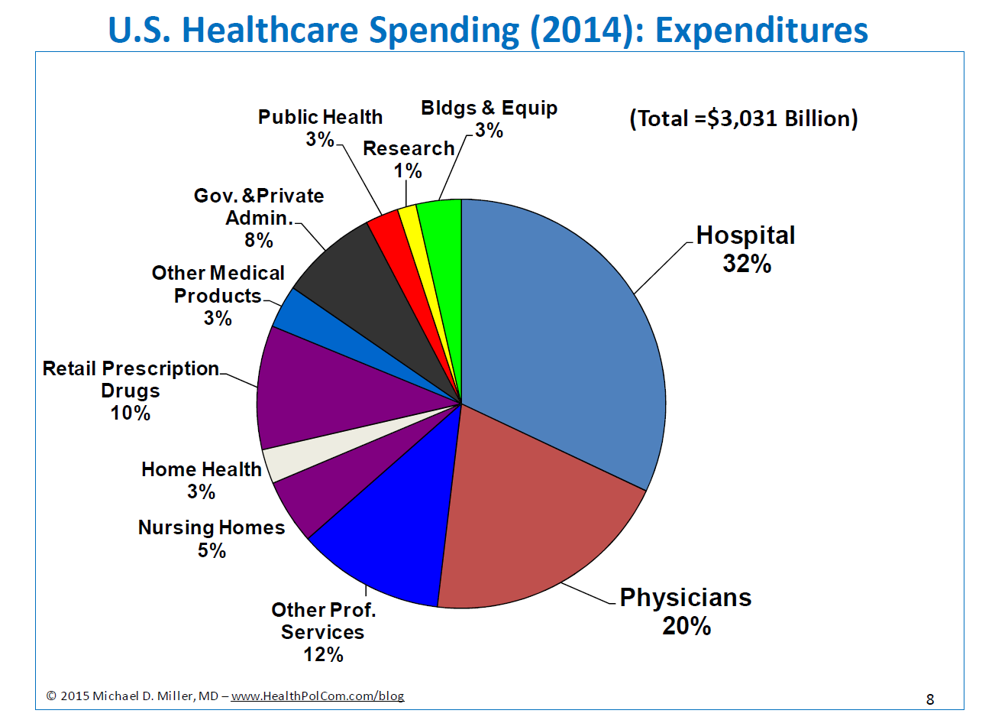My book “Reversing Misinformation: How to Help Your Family, Friends & Community” it available!. This is very exciting, and I hope it will help many people have better discussions with misinformed individuals to improve relationships, promote public health, advance civil discussions, and increase economic growth. More information about the book is available here: https://www.healthpolcom.com/reversing-misinformation-book/
The book can be directly purchased here: https://shop.ingramspark.com/b/084?params=xzqL3NGf11gmTxyp4I0hfj2j5bSTp565zk982XD6OqZ
If you’d like a signed copy, or want to discuss a virtual or in-person talk about misinformation, please contact me.
And be on the lookout for time-limited discount sales on this blog post.
Constructive reviews and comments about the book can be left as comments to this blog post!…

